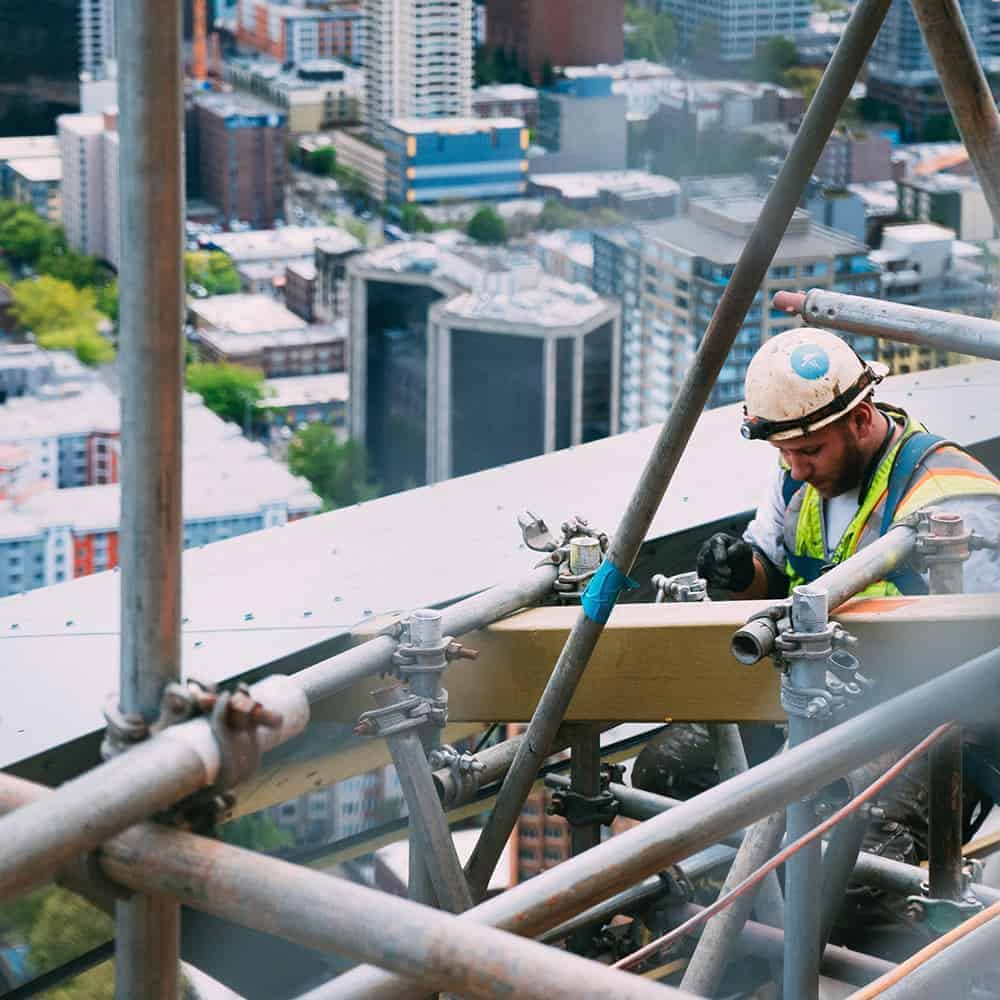No doubt you and your construction business highly value technology and its many benefits. With the current rise in the national and regional construction markets, it becomes easy to place construction technology on the back burner while giving way to other stresses caused by growth, such as labor shortages. However, technology that can help lead to better productivity and profits cannot be forgotten.
As companies seek to prepare for the rest of 2018 and beyond, there are a number of technology trends shaping the construction industry that may have been overlooked. If you can capitalize on these trends now, you may be able to set your company up for success for many years to come.




